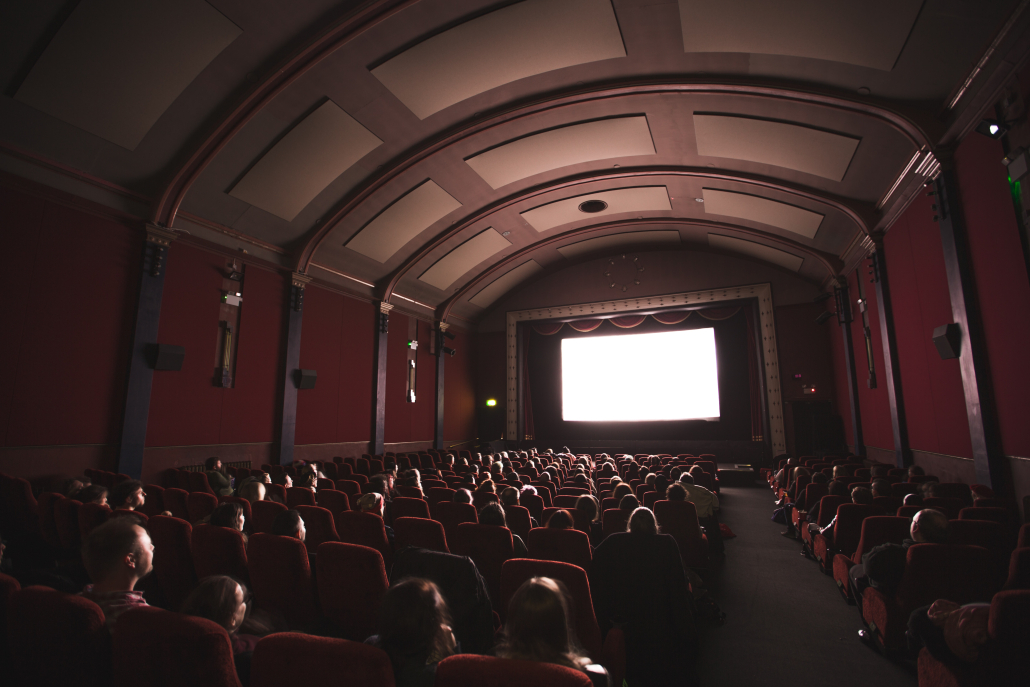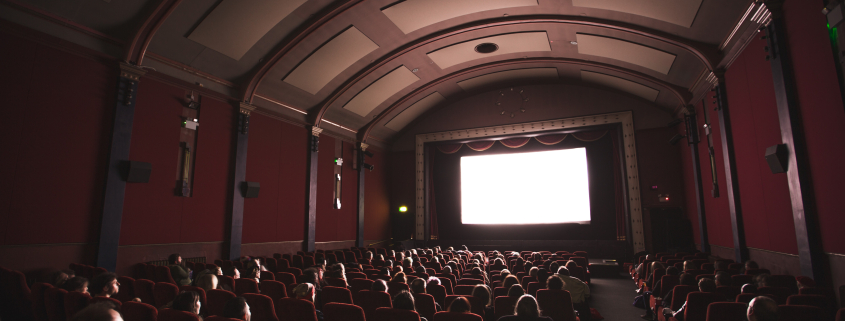Big screens do ‘Oppenheimer’ cinematic justice

“Oppenheimer” wasn’t just made for the big screen. It was made for the biggest screen.
Shot on IMAX Film cameras, “Oppenheimer” will be released with a huge premium large format rollout the likes of which hasn’t been seen in years. With that, there will be a lot of cool, unique and special viewing options. But some may just be cooler than others.
To help make some of these words and numbers a little easier to follow, I have lovingly labored away on this guide for all the screening formats available at your disposal. Buckle up and happy viewing.
IMAX 70mm
“Oppenheimer” is showing in this towering format — the mother of all screens — in only 30 locations across the world.
When a movie is shot on IMAX, it means that in certain scenes or sequences, the entire screen will be filled up with the image. If that doesn’t entirely make sense, think of when you are watching a widescreen movie at home with black bars on the top and bottom, and now imagine if the sound was crisper and clearer and much much louder and that those black bars were now fully filled up with more of the movie. This, in the simplest description possible, is “the IMAX difference.”
IMAX 70mm takes things one step further, bringing together IMAX and 70mm to create the richest of details, sound and scope. Where IMAX 70mm differs from traditional IMAX screenings is in the projection of the film itself.
IMAX 70mm screenings of “Oppenheimer” are being projected using physical IMAX film stock – in this case, reels literally miles in length – to create the largest and sharpest moving image possible. Don’t get lost in the mechanics of it all, just understand that it truly does not get bigger or better or realer or reeler (no pun intended) than this.
Check out this handy list to see if there is an IMAX 70mm screening near you.
IMAX
Regular, non-70mm film IMAX is projected digitally.
If you’re lucky enough to have several IMAX screens available near you, go for the one that says IMAX with Laser if it’s available. IMAX with Laser is still being developed and expanded, but it provides a brighter image and richer contrast than traditional IMAX screens.
If there are no specifications of Laser near you, don’t sweat it. What really matters at the end of the day is the extra screen space being filled and explored in any IMAX screen. Laser or not, a few differences in contrast are nothing compared to the additional sound and screen that you’ll always be getting in IMAX compared to any standard showing. There’s a reason why Mr. Nolan and his fans love and prioritize the format.
It’s big, it’s brash and it’s magical! You’ve gotta go big or go home, and trust me — whatever you do, go IMAX.
70mm and 35mm
The next best way to see “Oppenheimer” is in sweeping, epic 70mm. A callback to the heyday of CinemaScope spectacles and the roadshow engagements of the past, 70mm offers a fun and exciting chance to experience “Oppenheimer” projected on actual film.
These prints are wider in size and larger in aspect ratio than 35mm or digital, producing more of the image and a higher image quality than any other large format option besides IMAX.
“Oppenheimer” is also being screened in some locations in 35mm. There won’t be a real difference in the size or aspect ratio between digital and 35mm, but the experience of seeing a film on physical film is always an exciting opportunity.
Dolby Cinema and Cinemark XD
Since “Oppenheimer” and “Barbie” will both be released July 21 (Barbenheimer weekend, here we come), they’ll be sharing these two specific premium options. The greatest takeaway about Dolby Cinema or Cinemark XD is that, though they have larger screens and greater sound — a very obvious plus compared to digital or 35mm — they don’t technically add additional visuals to the screen in the way IMAX does. Dolby and XD simply take the standard image and sound then blow it up to greater, richer heights.
If what you’re looking for at the end of the day is the extra sauce of it all, and all of these premium large format options are available near you, your best bet is going to be IMAX or 70mm engagements. If the situation were more appropriate, I’d tell you to have a blast, but for now, I’ll just say that I hope you have a great time and an even greater theatrical experience. Roll the credits.

